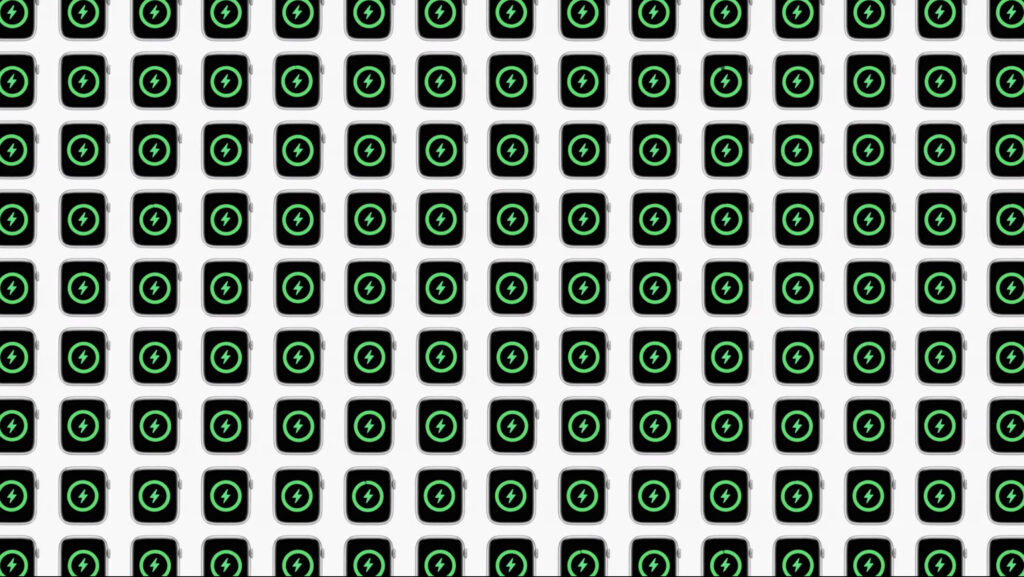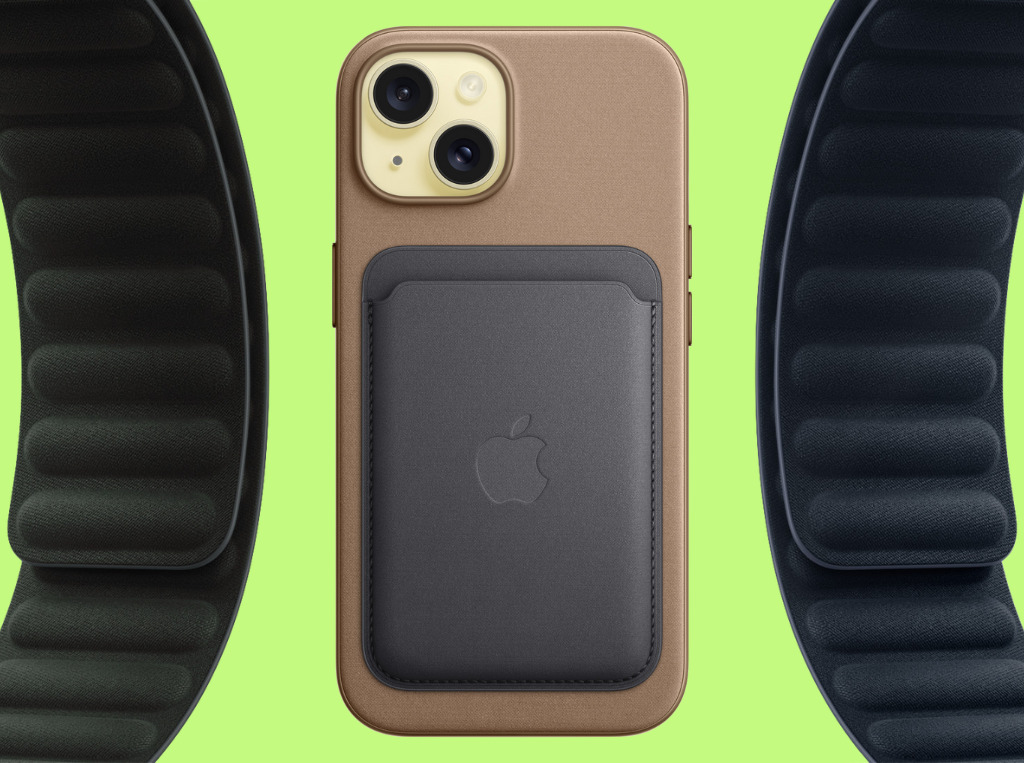Goodbye, Leather: Apple Ditches Luxury Material for Eco-Friendly Woven Fabric Alternative
4 Mins Read
In its annual September event, Apple announced it’s ending the use of leather from all its products – including Apple Watch bands and iPhone cases – to meet its 2030 carbon neutrality target. While it remains tight-lipped on what its new FineWoven material is made out of, it says the eco-friendly micro-twill fabric contains 68% post-consumer recycled content.
For a company that’s always been known as a trailblazer, this move might have massive implications for the industry’s use of what’s always been seen as a premium material. Apple, whose corporate operations became carbon-neutral in 2020, has pledged to make its entire supply chain and product range carbon-neutral by 2030. Nixing leather is a giant step towards that goal.
Leather, which is derived from animal hide, has previously been touted as a byproduct of the meat and dairy industries – and its defenders cite its biodegradability and longevity as reasons for its supposed eco-friendliness. But critics argue is more a co-product than a byproduct, and in many cases, it’s the primary product.
Leather production is an energy– and water-intensive process linked to deforestation and biodiversity loss, and produces lots of hazardous chemicals during tanning, which are a detriment to human health. It also has a much higher carbon footprint at 110kg of CO2e per square metre compared to synthetic and plant-based alternatives. Not to mention, it has a huge role in animal exploitation.
Swapping leather for a new woven fabric
“Leather is a popular material for accessories, but it has a significant carbon footprint, especially at Apple scale,” Lisa Jackson, Apple’s VP of environment, policy and social initiatives, said at the virtual event. “To reduce our impact, we will no longer use leather in any new Apple products, including watchbands.”
Rumours were rife about this move in recent days, especially after all Hermès-branded leather bands for the Apple Watch were removed from the website prior to the event. The tech giant is replacing leather with its new FineWoven, which is said to have a suede-like texture and “significantly lower emissions” compared to leather. It has also collaborated with Hermès (which has previously partnered with a mycelium leather startup) on four new bands made with environmentally friendly materials.
And while the new FineWoven fabric is made from 68% post-consumer recycled content, it isn’t clear how much of that is bio-based. If there is plastic involved, that’s not much of a better sign for the environment. Plastic is a notoriously unsustainable product, taking a tremendously long time to break down and decompose.
Plastic production is also responsible for 3.4% all global greenhouse gas emissions, and its contribution is set to double by 2060. Additionally, plastic-based synthetic leather can shed toxic microplastics that can enter waterways – thus destroying aquatic life – and our food system.
So while waving goodbye to leather is great for the environment and animals, more transparency about the replacement materials would help the climate case for Apple, whose stock fell by 7% last week amid reports of an iPhone ban on China’s government officials (the country makes up 19% of Apple’s revenue, but less than 1% of its citizens work in the government).
Apple’s first carbon-neutral product

At the iPhone 15 launch event, Apple also unveiled its new Apple Watch lineup, which includes its first-ever carbon-neutral products. This is another step towards its 2030 climate goal, which is centred around slashing its carbon emissions by 75% from a 2015 baseline.
“For Apple Watch Series 9, we challenged ourselves to significantly reduce greenhouse gas emissions from their three biggest sources: materials, electricity and transportation,” Jackson explained. “Maximising recycled and renewable materials in our products is key to Apple 2030, because they have a lower carbon impact than virgin materials.”
Apple’s new watch cases use 100% recycled aluminium, plus recycled gold, tin, copper, tungsten, cobalt and more. Its watch production operations now use 100% clean energy. To counter the energy emitted from charging the watches, Apple will match users’ expected electricity use by investing in global renewable projects.
As for transportation, the new Apple Watch packaging will be fully fibre-based and more compact, which can ship 25% more watches per trip. And Apple will employ low-carbon shipping modes – like shipping freights – even more for these products. The company claims that these combined efforts have led to a 78% decrease in carbon footprint, and the remaining amount is offset by “high-quality” credits from projects actively removing carbon from the atmosphere.
“At Apple, we have a longstanding and proven commitment to leading the fight against climate change. Our focus on renewable energy and low-carbon design has already driven industry-leading emissions reductions, and we’re not slowing down,” Jackson said in a statement. “We’ve achieved an important milestone in making the world’s most popular watch carbon neutral — and we will keep innovating to meet the urgency of the moment.”



